Tyramine
Synonym(s):2-(4-Hydroxyphenyl)ethylamine;4-(2-Aminoethyl)phenol;4-Hydroxyphenethylamine
- CAS NO.:51-67-2
- Empirical Formula: C8H11NO
- Molecular Weight: 137.18
- MDL number: MFCD00008193
- EINECS: 200-115-8
- SAFETY DATA SHEET (SDS)
- Update Date: 2025-12-19 17:28:17
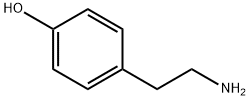
What is Tyramine?
Description
A decarboxylation product of tyrosine found in various fermentation products, including cheeses and some wines. It causes sympathomimetic effects by acting as an indirect agonist, causing the release of endogenous catecholamines. Because it is metabolized principally by monoamine oxidase, patients taking monoamine oxidase inhibitors may have a hypertensive crisis if they ingest foods containing significant amounts of tyramine.
Description
Tyramine is a poisonous alkaloid found in the holiday plant mistletoe. While it is useful in some medicinal applications, the berries of the mistletoe plant contain poisonous amounts of tyramine. Be sure to mind children and pets while enjoying the holiday season.
Chemical properties
white to light beige solid
Chemical properties
Colorless to yellow solid; sweet meaty aroma.
Occurrence
Reported found in sauerkraut and soy sauce.
The Uses of Tyramine
tyramine is uses as pharmaceutical intermediates.
The Uses of Tyramine
Clinical studies indicate that tyramine has skin-lightening capacities.
Definition
ChEBI: A primary amino compound obtained by formal decarboxylation of the amino acid tyrosine.
Aroma threshold values
Medium strength odor, meaty type; recommend smelling in a 5.00% solution or less.
Taste threshold values
Mild, sweet, vegetative phenolic taste at 100 ppm in water.
Synthesis
Tyramine, 4-(2-aminoethyl)phenol (11.2.1), can be synthesized in various ways, in particular by the decarboxylation of tyrosine [46¨C48]. It is also isolated from the tissues of livestock.

Purification Methods
Crystallise tyramine from *benzene or EtOH. [Beilstein 13 IV 1788.]
Properties of Tyramine
| Melting point: | 160-162 °C(lit.) |
| Boiling point: | 175-181 °C8 mm Hg(lit.) |
| Density | 1.0630 (rough estimate) |
| refractive index | 1.5849 (estimate) |
| FEMA | 4215 | TYRAMINE |
| Flash point: | 165°C |
| storage temp. | 2-8°C |
| solubility | DMSO (Slightly), Methanol (Slightly) |
| pka | 9.74(at 25℃) |
| form | Liquid |
| color | Clear yellow to orange to slightly brown, may darken on storage |
| Odor | at 100.00 %. mild meaty dirty cooked phenolic rubbery |
| Water Solubility | 1g/95mL (15 ºC) |
| Merck | 14,9835 |
| JECFA Number | 1590 |
| BRN | 1099914 |
| Stability: | Stable. Incompatible with strong acids, strong oxidizing agents. |
| CAS DataBase Reference | 51-67-2(CAS DataBase Reference) |
| NIST Chemistry Reference | Phenol, 4-(2-aminoethyl)-(51-67-2) |
| EPA Substance Registry System | Tyramine (51-67-2) |
Safety information for Tyramine
| Signal word | Warning |
| Pictogram(s) |
 Exclamation Mark Irritant GHS07 |
| GHS Hazard Statements |
H315:Skin corrosion/irritation H319:Serious eye damage/eye irritation H335:Specific target organ toxicity, single exposure;Respiratory tract irritation |
| Precautionary Statement Codes |
P261:Avoid breathing dust/fume/gas/mist/vapours/spray. P264:Wash hands thoroughly after handling. P264:Wash skin thouroughly after handling. P271:Use only outdoors or in a well-ventilated area. P280:Wear protective gloves/protective clothing/eye protection/face protection. P302+P352:IF ON SKIN: wash with plenty of soap and water. P305+P351+P338:IF IN EYES: Rinse cautiously with water for several minutes. Remove contact lenses, if present and easy to do. Continuerinsing. |
Computed Descriptors for Tyramine
Tyramine manufacturer
New Products
4,4-Difluoropiperidine hydrochloride tert-butyl 9-methoxy-3-azaspiro[5.5]undecane-3-carboxylate Indole Methyl Resin N-Isopropylurea N,N-Dicyclohexylcarbodiimide(DCC) MELDRUMS ACID 5-METHYLISOXAZOLE-4-CARBOXYLIC ACID Magnessium Bis glycinate Zinc ascorbate 1-bromo-2-butyne 2-acetamidophenol 9(10H)-anthracenone Erythrosin B, 4-Piperidinopiperidine 2-((4-morpholinophenylamino) (methylthio) methylene) malononitrile 2,4-dihydroxybenzaldehyde 3-(4-morpholinophenylamino)-5-amino-1H-pyrazole-4-carbonitrile Methyl 2-methylquinoline-6-carboxylate 2,6-dichloro-4-nitropyridine 4-Bromo-2-chlorobenzonitrile 2-(benzylamino)acetic acid hydrochloride 4-(tert-Butoxycarbonylamino)but- 2-ynoic acid 3,4-dihydro-2H-benzo[b][1,4]dioxepine 1-Phenyl-1-cycloprppanecarboxylicacidRelated products of tetrahydrofuran



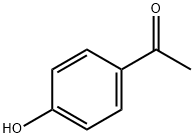
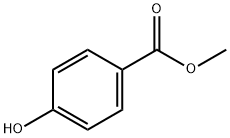
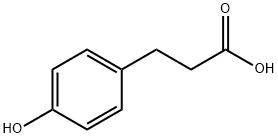
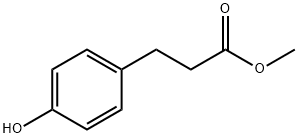

You may like
-
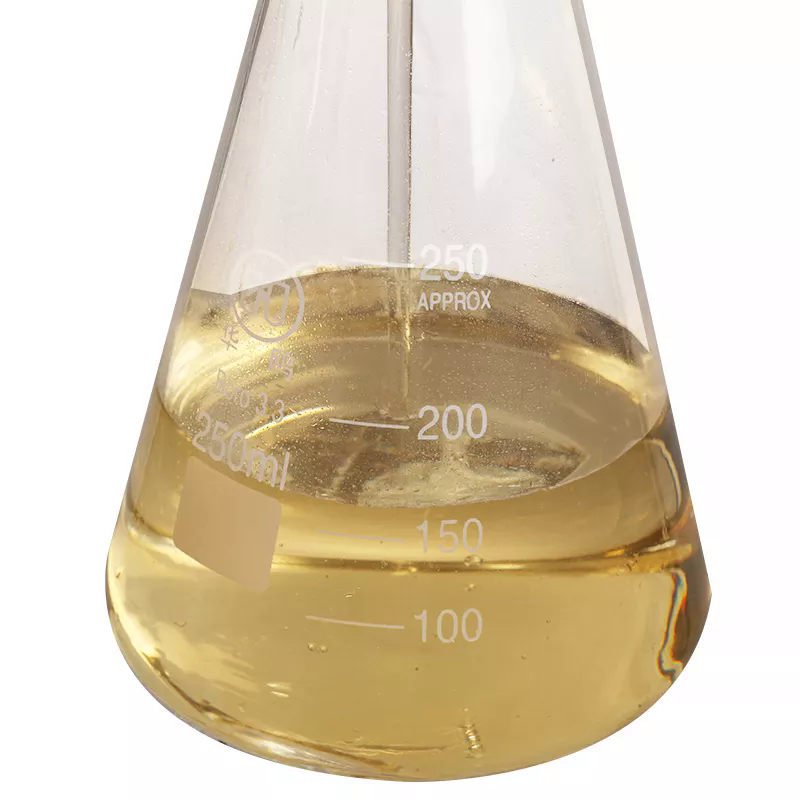 51-67-2 Tyramine Base 99%View Details
51-67-2 Tyramine Base 99%View Details
51-67-2 -
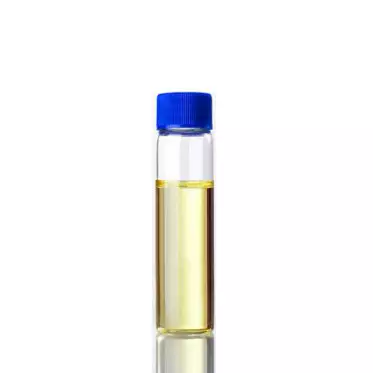 51-67-2 98%View Details
51-67-2 98%View Details
51-67-2 -
 Tyramine CAS 51-67-2View Details
Tyramine CAS 51-67-2View Details
51-67-2 -
 Tyramine 95% CAS 51-67-2View Details
Tyramine 95% CAS 51-67-2View Details
51-67-2 -
 Tyramine 99% (GC) CAS 51-67-2View Details
Tyramine 99% (GC) CAS 51-67-2View Details
51-67-2 -
 Tyramine 98% CAS 51-67-2View Details
Tyramine 98% CAS 51-67-2View Details
51-67-2 -
 Tyramine CAS 51-67-2View Details
Tyramine CAS 51-67-2View Details
51-67-2 -
 20677-73-0 (2,2-diethoxyethyl)methylamine 98%View Details
20677-73-0 (2,2-diethoxyethyl)methylamine 98%View Details
20677-73-0
